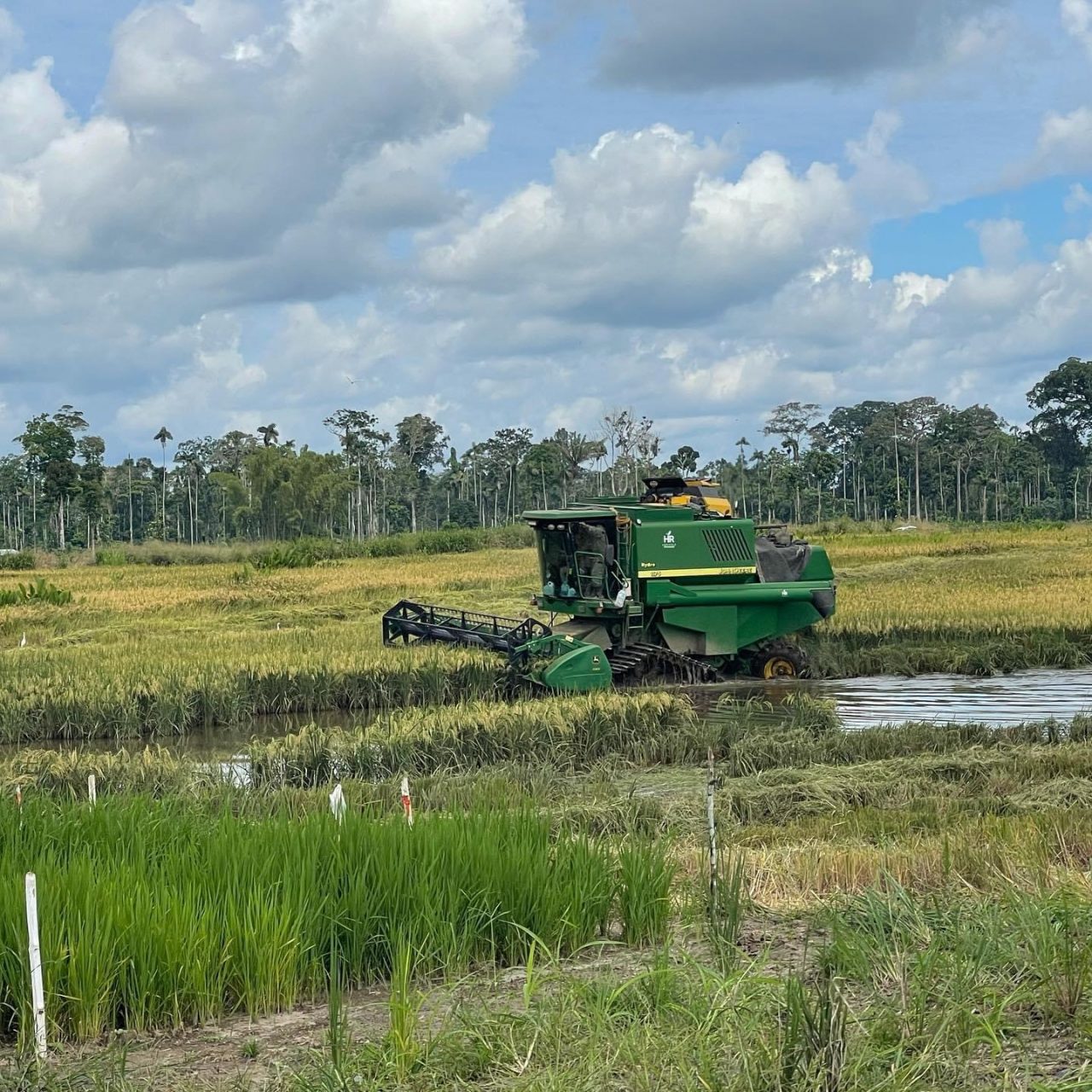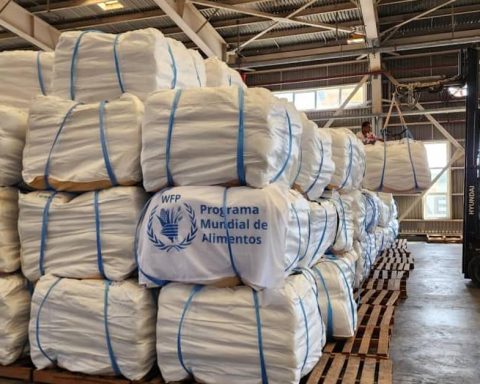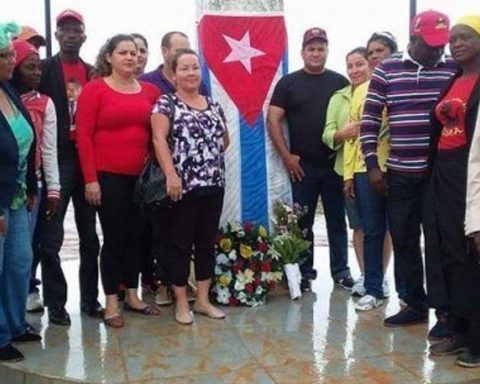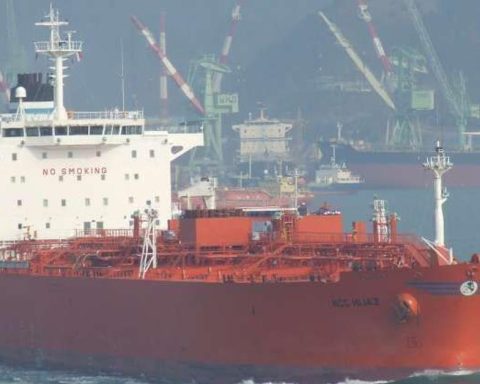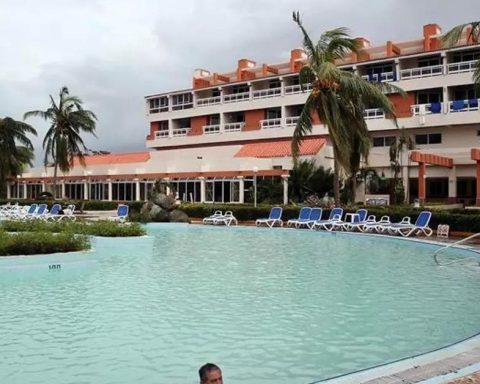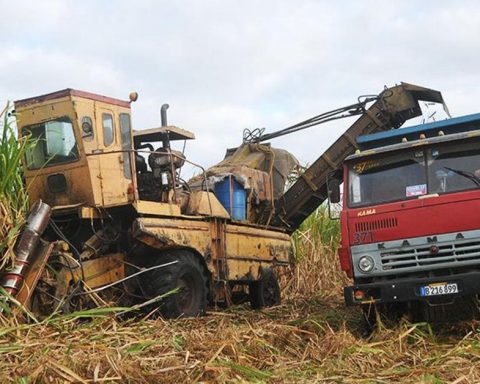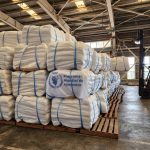The success of cheap loans for farmers will depend on better management of public banks and the provision of technical advice to beneficiaries.
65% of small and medium agricultural producers finance their activities with their own funds, 26% resort to informal sources (chulco, friends and family) and approximately 9% have effective access to loans banking and cooperatives.
In this context, agricultural production subsists without a real financing formal and without incentives; despite the fact that from this sector comes $ 1 of every $ 2 that is generated by exports.
Since the campaign, the now president Guillermo Lasso offered that he would address this problem with one of his ‘star’ measures: credits at 1% with a term of up to 30 years.
The destination of resources must be planned
On December 12, 2021, through an executive decree, Lasso ordered that it be “National priority” the granting of this type of social interest credits.
The goal is to start delivering them from January 2022, but the main question is: will it be enough to start reversing the abandonment suffered by the Ecuadorian countryside?
Ruperto Rivera, economist and small producer, explained that it will depend on how the beneficiaries and the requirements that are imposed to access the subsidized loans.
“Both the private banks Like the public They provide not inconsiderable amounts of resources for financing, but to the farmers Little ones and needy ones come little, late and sometimes never. Waste must be taken care of, that is, that the credits do not go to the same ones that always benefit and the situation does not change, “he said.
According to him Agricultural Public Information System (SIPA), during 2021, Ban Ecuador placed more than $ 251 million in loans to farmers; While the National Finance Corporation (CFN) totaled about $ 21 million.
For their part, from private banks and cooperatives, credits reached $ 151.22 million.
Without transparency there will be no changes
In 2021 alone, more than $ 423.22 million were allocated to finance agriculture (64% with public resources), but the producers they complain of lack of liquidity and support.
In this sense, Rivera pointed out that the initiative of Lasso can fail if not solved the mismanagement and the little transparency registered in the state financial institutions.
In September 2021, the General Contralory of the State reported on the results of his Public Control Report, in which 103 examinations from various public bodies were reviewed, including banks.
Only in 6% of these examinations were no irregularities found and in the case of the financial institutions there are gaps in portfolio management, balance sheets and, in short, in the proper destination of public funds.
Thus, the main task of the Government is to ensure that the entities that will give the loans work well so that the investment yields results.
Problems to be solved
It is still not clear how the measure decreed by Lasso will take place if, in the first transitory provision of the Economic Development Law (tax reform), it is established that the delivery of low-cost credits will depend on the merger between Banecuador and the CFN.
According to this provision, a period of 60 days is given, as of November 29, 2021, to start this process.
Aníbal Domínguez, a small agricultural producer, commented that, without well-structured public banks, doubts about loans increase.
“Government spokespersons have complained about the situation in which they received financial institutions, but they have not made all the problems transparent. It is not known how long the merger will take, but loans have already been announced since the beginning of January 2022, “he said. (JS)
18,24% de los productores agrícolas en el país tienen estudios secundarios terminados. La edad promedio es entre 41 y 60 años.
60% del 1’504.694 hectáreas de cultivos permanentes se concentra en la producción de cacao, banano y plátano.
Credit without technical advice will be a bad business
- If credits of an average of $ 5,000 are granted, the Government could benefit around 200,000 producers.
- During the campaign, it was ensured that the $ 1,000 million needed for the 1% credits would arrive with the support of multilateral organizations; but it has not been explained how that model will be.
- The resources will not have a greater impact if they do not go hand in hand with technical advice and support.
- In the same Lasso government plan, it is recognized that 91% of the producers have never carried out a soil analysis of their crops or have received any type of training.
- Around 30% do not have the machinery and the minimum adequate technology to work.
- If everything remains in the delivery of resources, the problem will not be solved. Ecuador will continue to be far from its agricultural potential. Countries like the Netherlands have based their agricultural and agro-export development on research, innovation and technology.
